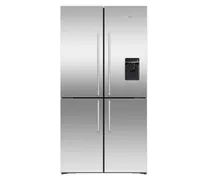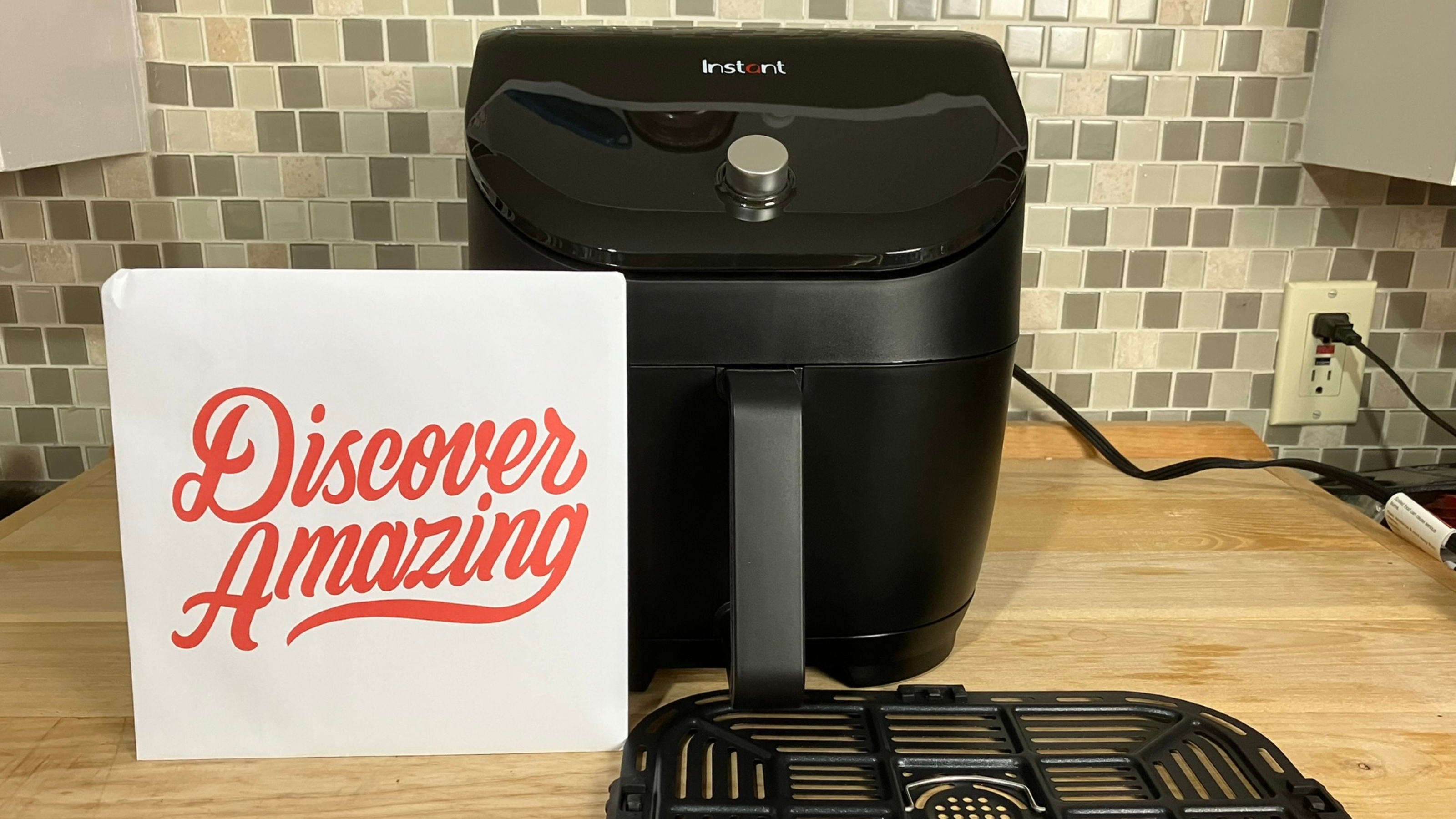Temperature matters: how to store and cook food correctly
Discover the magic numbers you need to know to ensure you store and cook your food to the right temperatures
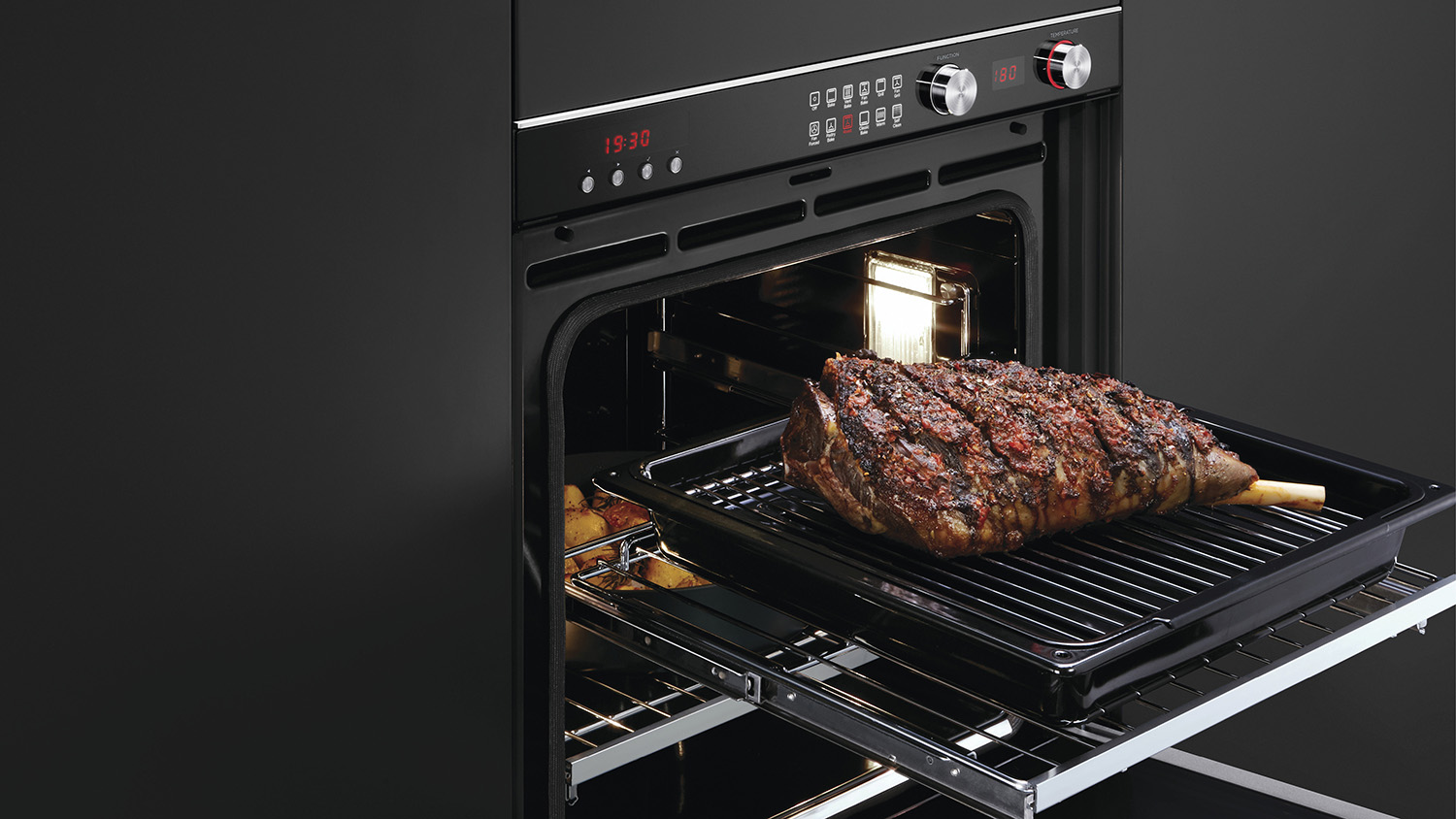
When it comes to storing and cooking food, knowing the temperatures you should be aiming for is key. Keep your raw ingredients at the right temperature and they’ll not only last longer but can actually taste better, too. And it goes without saying that you need to make sure your food is cooked correctly, which means knowing the internal temperatures you should be aiming for, particularly when preparing meat and fish.
As we can’t get to the shops as much as we normally would at the moment, it’s extra important to minimise food waste and make your ingredients last as long as possible. That’s why we’ve teamed up with the food storage and preparation experts at Fisher & Paykel to share the temperatures you need to know to make sure you’re storing your food properly and cooking it thoroughly. Here are some of the most popular everyday ingredients, and the temperatures you should be storing them at and cooking them to:
Get £200 off selected fridges and fridge freezers at Fisher & Paykel
Simply use the code COOL200 to get £200 off selected models on Fisher & Paykel.
Models included: RS80AU1, RS80A1, RF605QDUVX1, RF540ADUX4, RF540ADUB5, RF610ADJX5, RF610ADX4, RF610ADW4, RF523GDUX1, RF522ADX4, RF522ADB4, RF522ADW4
1. Fruit and vegetables
Storage
We all know meat and fish need to be kept cold enough to stop bacteria growing, but did you know that your fruit and veg have optimum storage conditions, too? Keeping leafy vegetables in a cool, moisture-laden environment helps keep your lettuce crisp and stops spinach from wilting. Apples, grapes and other thin-skinned fruits also need to be kept at around 3°C, but with slightly less humidity.
But there are certain fruits and veg, such as tomatoes, cucumbers and avocados, that will lose flavour and become mushy if they are stored in a fridge that is too cold. The easiest way to keep your fruit and veg at the optimum temperature is to look for a fridge with variable temperature controls.
Oh, and try to keep kiwis, peaches and tomatoes, which release ethylene, away from your leafy greens, cauliflower and broccoli, which are highly sensitive to it.
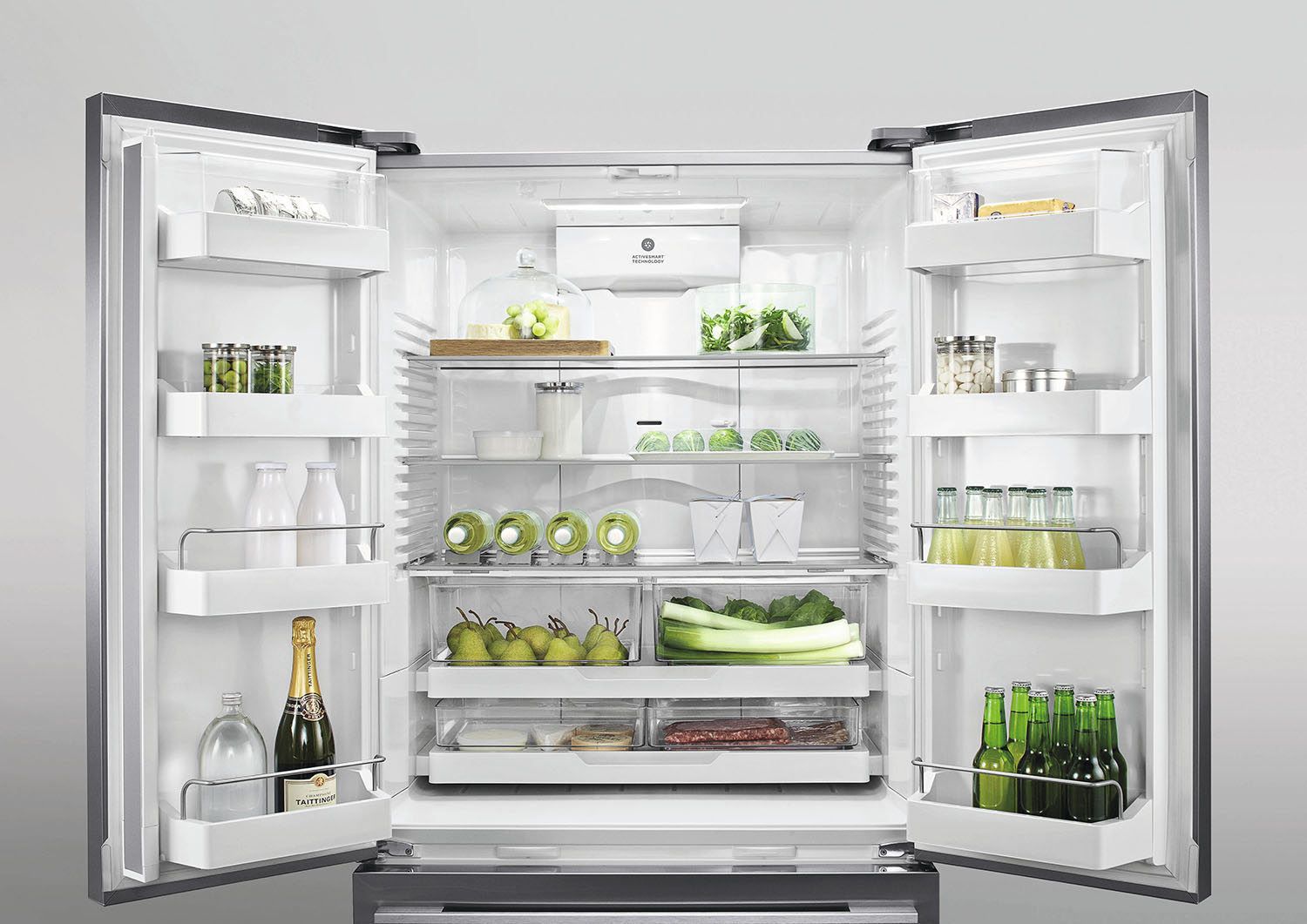
If it’s time to upgrade your fridge or freezer, Fisher & Paykel’s refrigeration products come with customisable temperature zones. Pantry Mode, allows you to set certain zones of the fridge to a slightly warmer 12°C – perfect for your bananas and avocados.
- Top tip: Not many people know Bananas can be stored in the fridge but only at the right temperature – they could stay fresh for up to one month when stored at 12°C.
Cooking
There’s no need to worry about fruit and vegetables reaching a certain internal temperature when cooking them as they pose very little risk of causing food poisoning. The only vegetables you really shouldn’t eat undercooked or raw are potatoes, which are indigestible and likely to cause tummy ache. Simply give your five-a-day a good wash with running water before eating or cooking to wash off any mud, bugs and pesticides. This even applies if you’ll be peeling the veg as the peeler will come into contact with the parts you’ll be eating.
2. Eggs
Storage
To keep your eggs fresher for longer, they should be stored in the fridge at around 3°C, which is also the optimum temperature for storing milk, and most fruit and veg.
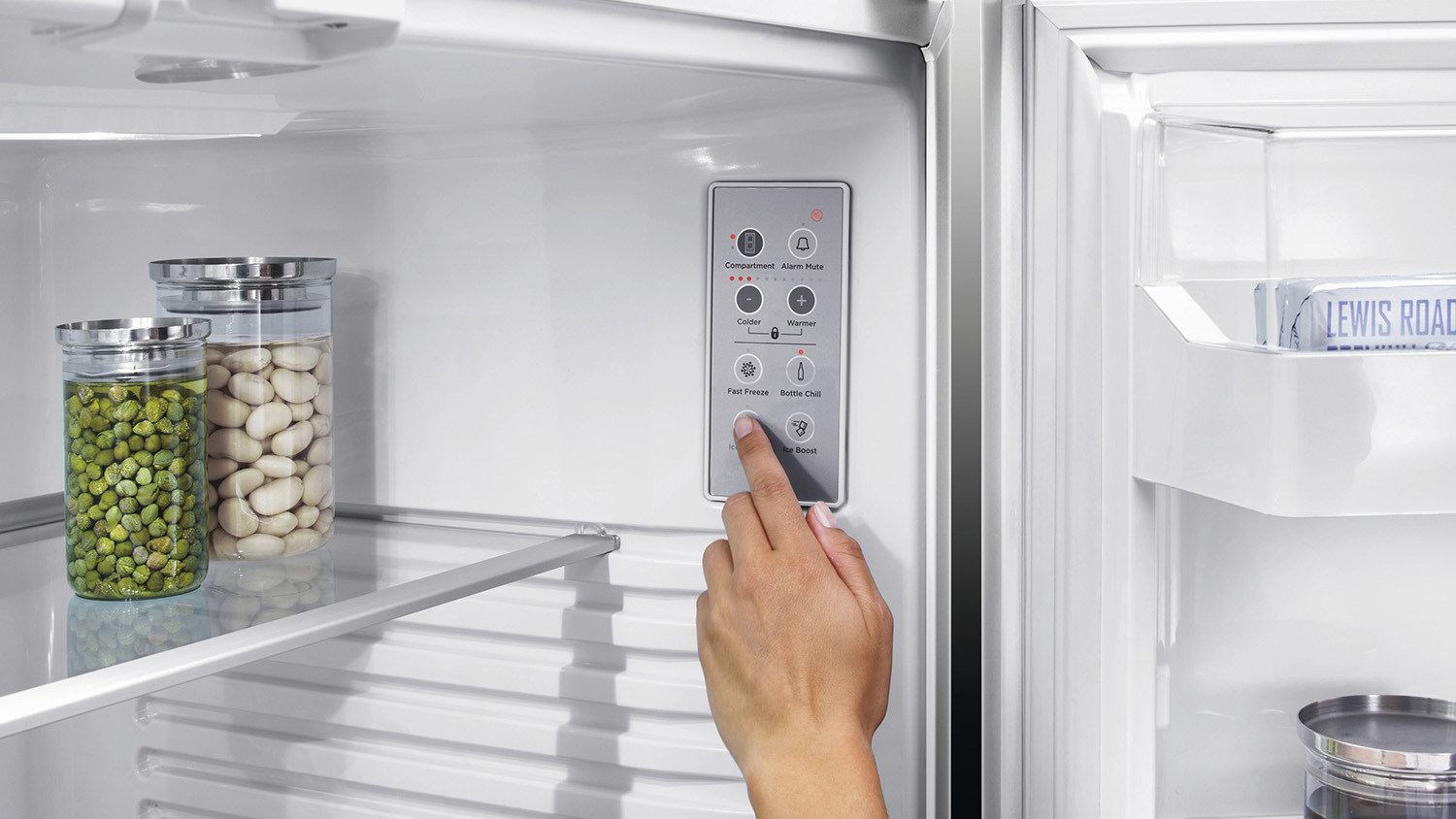
Choose a fridge with variable temperature zones, like those offered by Fisher & Paykel. It means you can keep everything at its optimum temperature, preserving your eggs and maximising their taste
Cooking
Advice on eating raw or lightly cooked hen eggs has changed in the last couple of years thanks to improved food safety controls. It’s now safe for everybody, including children, pregnant women and the elderly to eat eggs that are raw or lightly cooked, just check they’re UK eggs with the British Lion stamp on them. Great news if you fancy whipping up some homemade mayo or meringue. There can be other bacteria on the eggshells, though, so always wash your hands after handling eggs.
3. Pork, poultry and minced meat
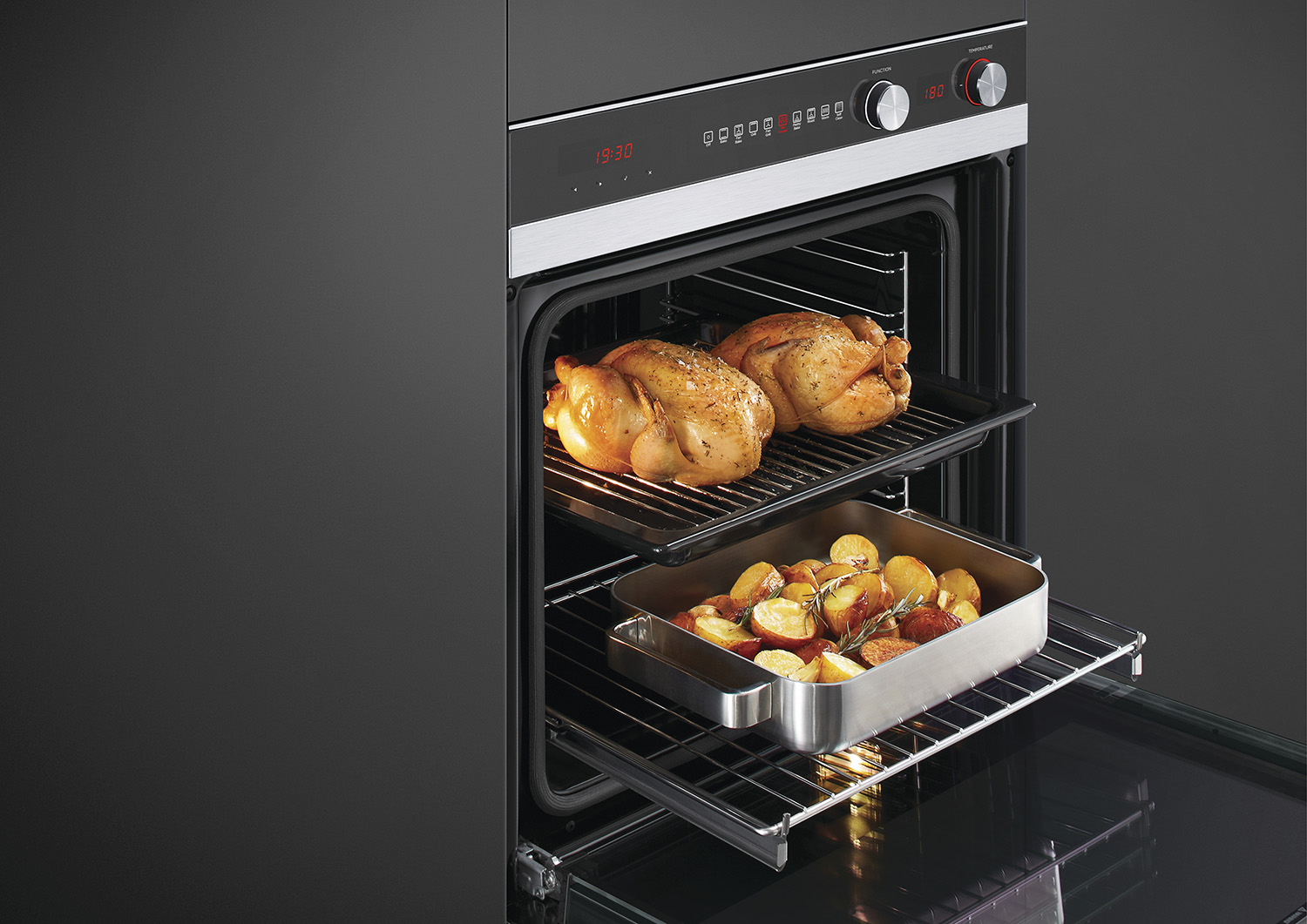
Being able to control the moisture levels in your oven will allow you to cook meats like chicken perfectly – making sure it’s cooked through but still moist. Fisher & Paykel’s ActiveVent technology retains or releases moisture based on the cooking function that you select
Storage
At a temperature just short of freezing, fresh meats, poultry and fish will last longer, retain their freshness, and be ready to cook without the need to defrost. You should aim to store them as close to 0°C as you can. Many modern fridges come with built-in thermometers, but if yours doesn’t, you can buy one for less than £10 to have a better idea of how yours is performing. Better still, invest in a fridge with variable temperature zones so that you can precisely set different areas to best preserve your different ingredients.
Cooking
Before you serve pork, poultry and minced meat, make sure it is steaming hot and cooked all the way through. When you cut into the thickest part of the meat, check that none of the meat is pink and that any juices run clear. As a rule, to destroy the bacteria that can cause food poisoning, you should cook pork, poultry and minced beef until it has reached 70°C and stayed at that temperature for two minutes.
To help cook your meat perfectly without it drying out, look for an oven that allows you to control moisture levels as this will keep the meat moist and tender. Fisher & Paykel’s ActiveVent technology retains or releases moisture based on the cooking function that you select.
4. Red meat
Storage
Red meat should be stored as close to freezing as possible. Joints of meat don’t freeze particularly well (the taste and texture change), so always keep them in the coldest part of your fridge and aim to use within a couple of days of buying, and always by the ‘use by’ date. A fridge-freezer that comes with a soft freeze function is perfect for keeping meat at the optimum temperature – allowing for easy portioning and the ability to heat, cook or serve without waiting for it to thaw. Pro chefs always advise letting meat come up to room temperature before cooking to ensure it cooks through evenly.
Always make sure you store raw meat in clean, sealed containers and keep it completely separate to cooked meat. If you have leftovers, allow them to cool for a maximum of two hours outside the fridge before refrigerating and then use them within 48 hours.
Cooking
We all know somebody who likes their steak barely cooked, and the beauty of red meat is that it’s safe to eat when it’s rare inside, so long as the outside has been seared at a high temperature. It can be hard to tell how well your meat is done on the inside, so use a food thermometer to tell you when it’s cooked to perfection. For lamb, aim for an internal temperature of 60°C, for beef, look for 50°C for rare, 60°C for medium and 70°C for well done.
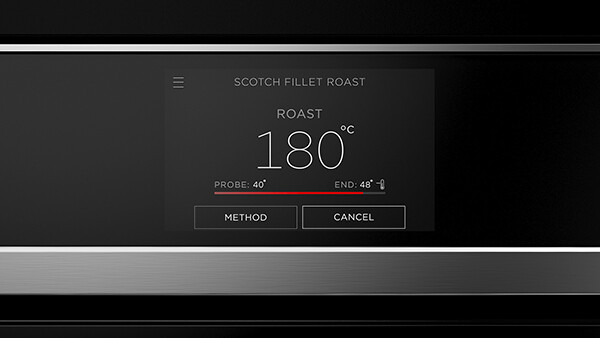
Choose a touchscreen oven with guided cooking and never mess up your roast dinner again. Fisher & Paykel’s ovens guide you through each dish, based on the ingredients, recipe or cooking function you select
If you never quite get your roast beef or lamb joint right, then invest in an oven with guided cooking. Fisher & Paykel’s touchscreen ovens have a guided cooking feature. You simply select the ingredient, recipe or cooking function, and then the oven will hold your hand through the optimum cooking process. Clever stuff.
5. Fish and seafood
Storage
You should eat seafood as quickly as possible after you’ve bought it. If you’re not going to eat it within a couple of days, freeze it and then defrost in your fridge no more than 24 hours before cooking. If you’re planning to cook it soon after your shop, then keep it in the fridge as close to freezing as possible. This will preserve the flavour of the fish and reduce the risk of bacterial growth. Aim for a temperature of around -0.5–0°C when storing fish.
With Fisher & Paykel’s smart refrigeration products, you can dedicate one of your fridge compartments to Chill Mode, which will keep fish and meat at the optimum temperature.
Cooking
If you’re planning to eat your seafood raw or lightly cooked, then it’s important that it’s as fresh as possible and has been stored correctly to minimise your risk of food poisoning. Pregnant women, children under two and those with weakened immune systems are advised against eating lightly cooked seafood for this reason.
Whenever you’re cooking fish or other seafood, Heston Blumenthal advises aiming for an internal temperature of 50°C. You can pick up a food thermometer online, but if it’s time to upgrade your oven, consider opting for one with a built-in thermometer food probe. These allow you to check your food’s internal temperature throughout the cooking process. No more overcooked fish – yay!
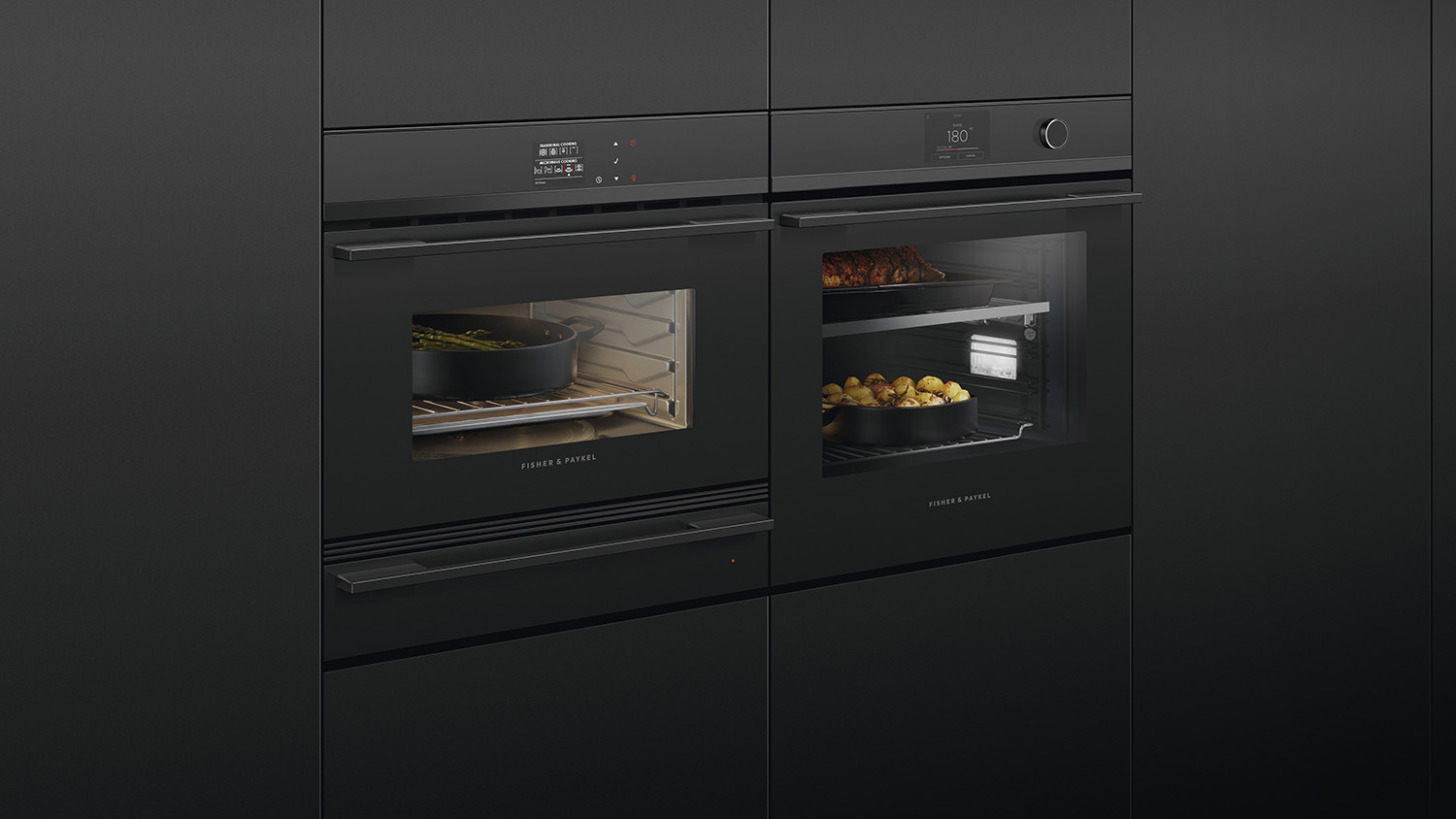
Many of Fisher & Paykel’s ovens come with a built-in thermometer food probe, or this can be purchased separately, to allow you to keep track of how your meat and fish are cooking
6. Wine
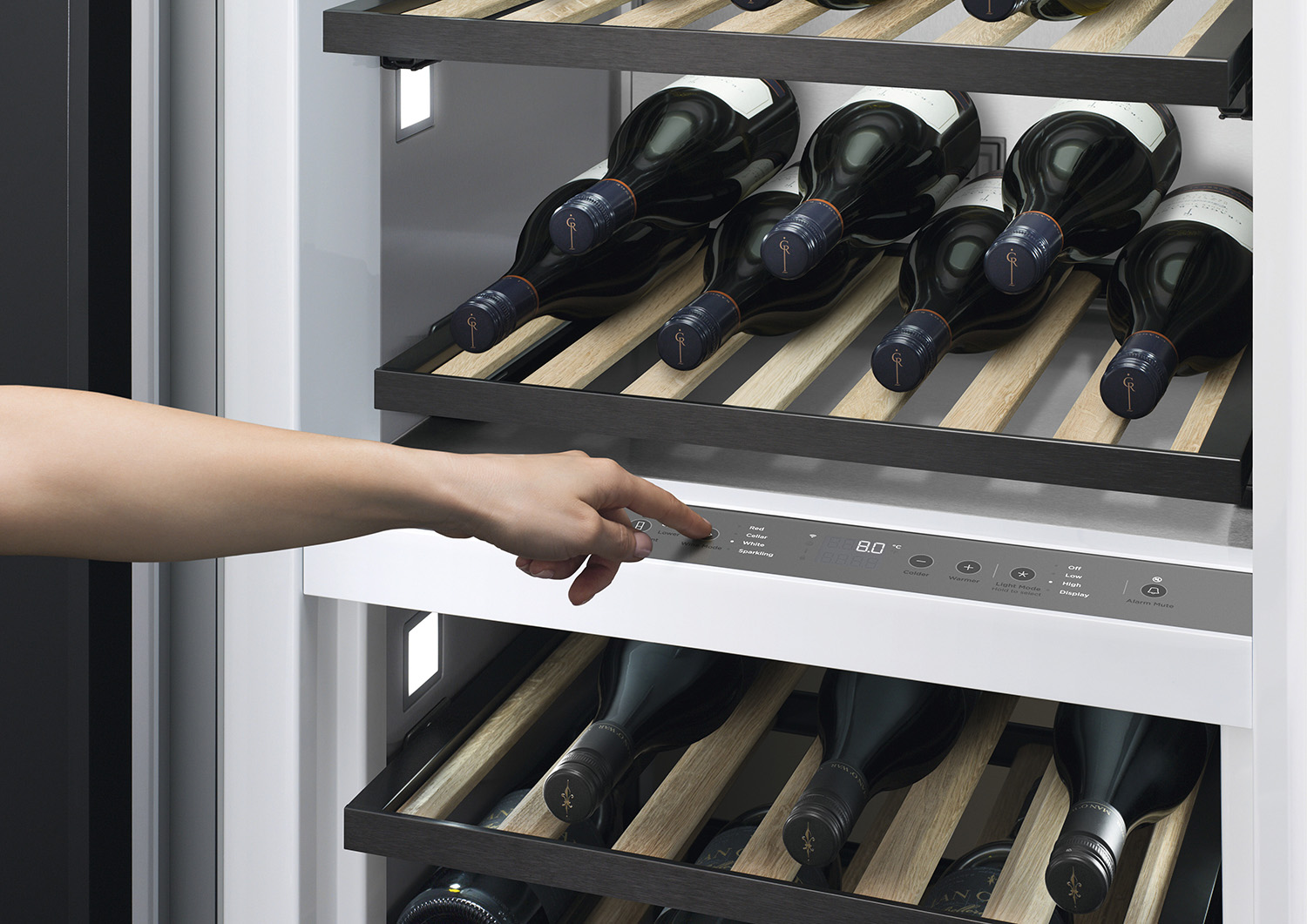
If you’re serious about your wine, invest in a wine fridge with dual temperature zones – one for your reds, and one for your whites. The Wine Cabinets from Fisher & Paykel also come with anti-vibration technology to preserve depth and flavour of the wine
Storage
Wine ages best when it’s stored at 10°C to 13°C, but controlling humidity is equally important. Maintaining a humidity of between 55 and 75 per cent stops corks drying out and minimises oxidation. A dedicated wine fridge will allow you to set dual zones to serve your reds and whites at their optimum temperatures. Look for models that also protect your bottles against the effects of light, temperature, humidity and agitation. Fisher & Paykel has a range of integrated and freestanding Wine Cabinets that provide optimum conditions for your wine, including minimising vibrations that can destroy the esters in the wine that give it its depth and flavour.
Cooking
If you’re cooking with wine, you need it to reach a high enough temperature for the alcohol to burn off but the flavour to remain. A US study showed that the amount of alcohol retained in food can range from five to 85 percent, depending on the cooking method. For slow-cooked dishes with alcohol mixed into a sauce, after 2.5 hours of cooking time, just five percent of the original amount of alcohol remains. But when the alcohol is added to a sizzling pain and then removed from the heat quickly, 85 percent of the alcohol remains.
Get £200 off selected fridges and fridge freezers at Fisher & Paykel
Simply use the code COOL200 to get £200 off selected models on Fisher & Paykel.
Models included: RS80AU1, RS80A1, RF605QDUVX1, RF540ADUX4, RF540ADUB5, RF610ADJX5, RF610ADX4, RF610ADW4, RF523GDUX1, RF522ADX4, RF522ADB4, RF522ADW4
About Fisher & Paykel
Since 1934, Fisher & Paykel has established itself for its high-end appliance design, engineered with real people in mind. All products are designed to be adaptable, functional, durable and respect the planet. From dishwashers, to ovens, to hobs and chilling appliances, you can find everything you need for the modern family kitchen at Fisher & Paykel.
Get small space home decor ideas, celeb inspiration, DIY tips and more, straight to your inbox!
Real Homes is committed to sharing the best advice on everything from renovating your home to what products to fill it with. From DIY how tos, to ideas galleries and reviews Real Homes offers knowledge and expertise to help you do what you need to do, in a way that hopefully makes the process fun and easy. Our sponsored content is not an editorial endorsement, but allows you to connect with brands to assist your home renovation journey and alerts you to products you may not have known about before.
-
 4 reasons to upgrade to a bean-to-cup coffee machine, right now
4 reasons to upgrade to a bean-to-cup coffee machine, right nowFrom machines with automatic pre-programmed options to self-cleaning milk frothers, find out why you should make the switch to a bean-to-cup coffee maker
By Sponsored Published
-
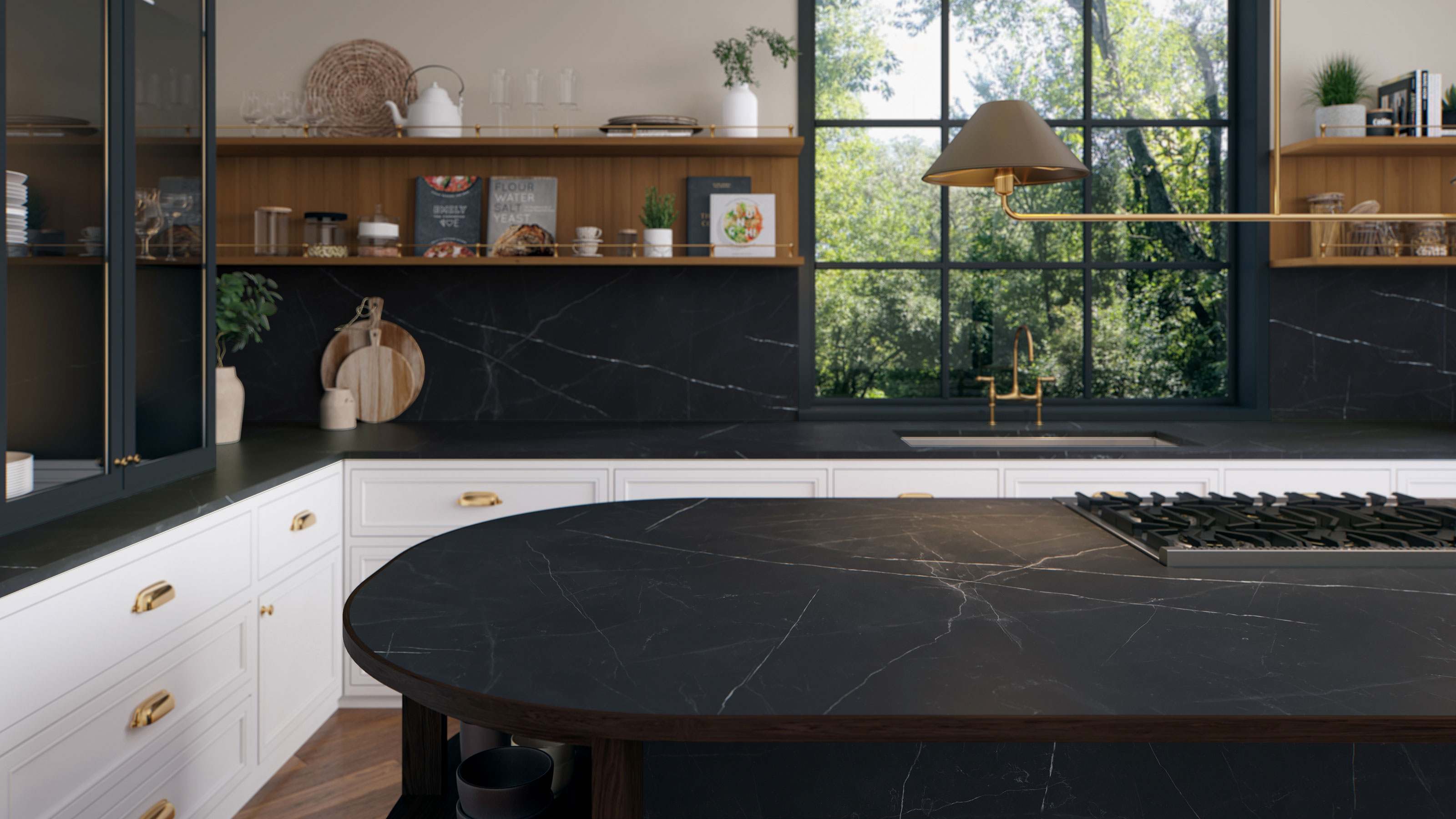 3 stunning ways that engineered stone countertops will enhance your kitchen renovation
3 stunning ways that engineered stone countertops will enhance your kitchen renovationBy Sponsored Published
-
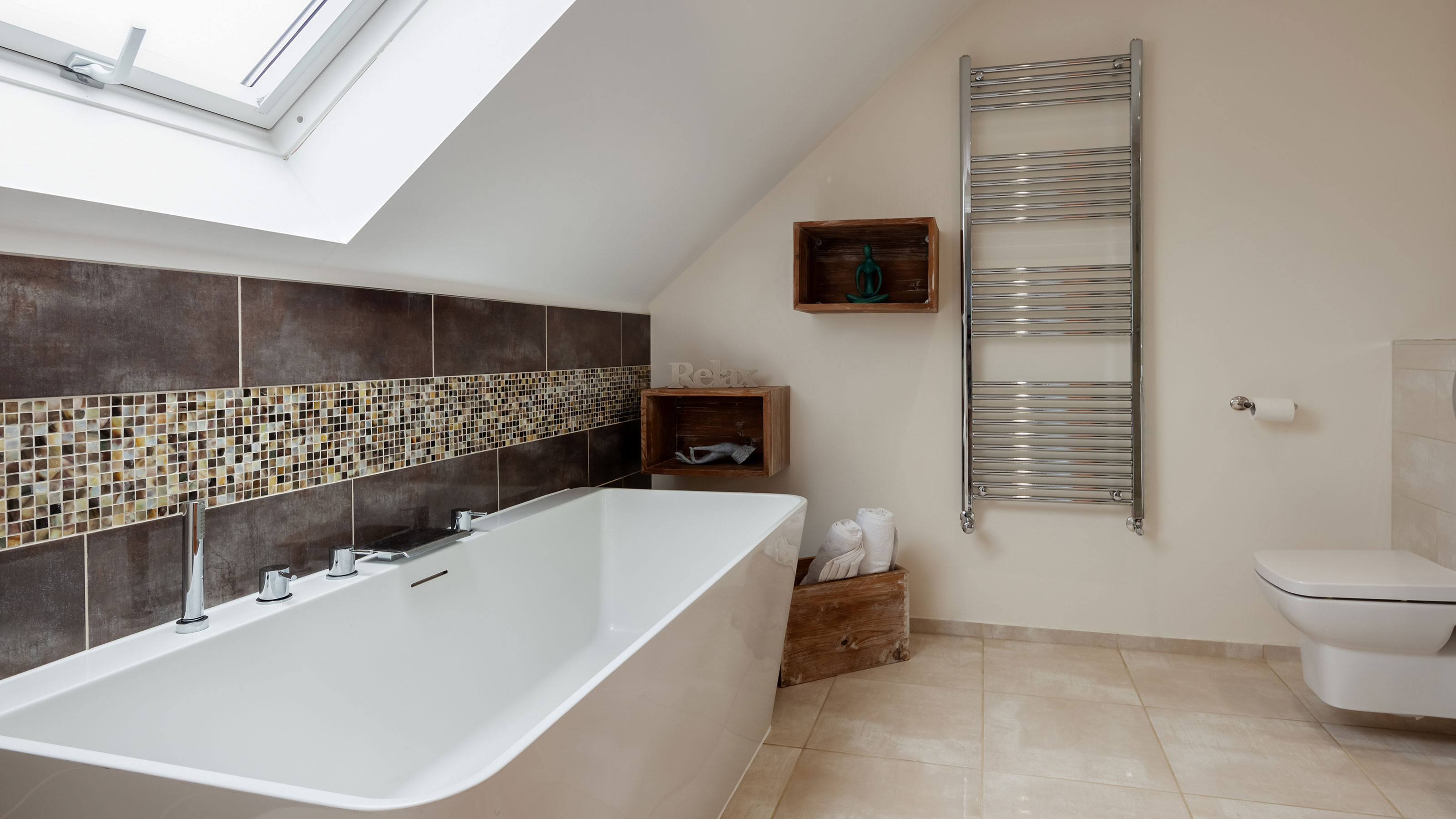 How to keep your bathroom toasty and inviting in all seasons
How to keep your bathroom toasty and inviting in all seasonsBy Sponsored Published
-
 How to choose the best pillow for you
How to choose the best pillow for youToo soft, too hard, or not enough support? If you’re struggling to find a comfy pillow, our handy tips will help.
By Sponsored Published
-
 3 reasons you should consider a smart shower enclosure as part of your bathroom makeover
3 reasons you should consider a smart shower enclosure as part of your bathroom makeoverThinking about installing a shower enclosure? Here's why yours should be a smart one
By Sponsored Published
-
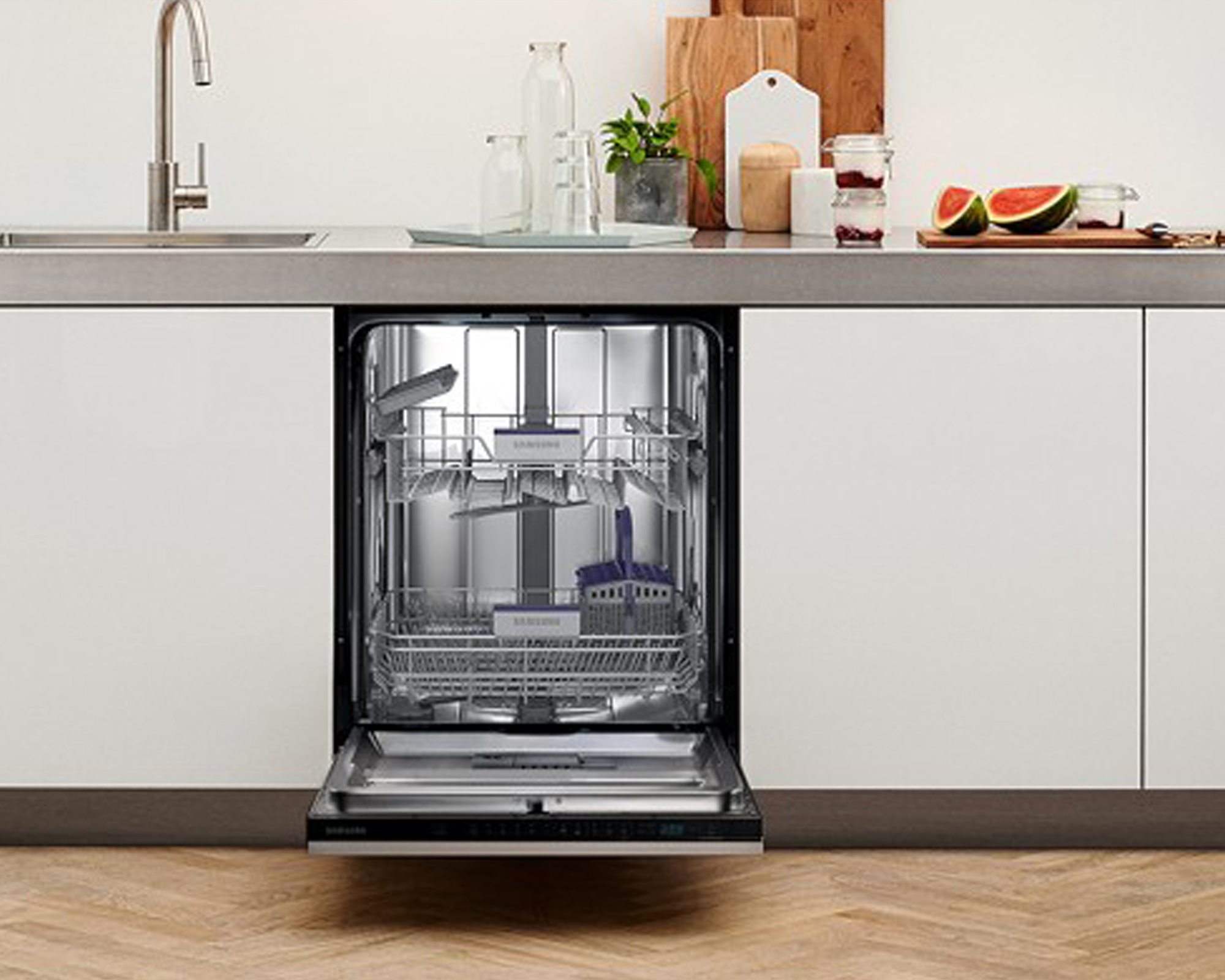 Save £10 at Currys on large kitchen appliances when you spend £249 with this exclusive offer
Save £10 at Currys on large kitchen appliances when you spend £249 with this exclusive offerThis offer earns you a neat £10 discount on large appliances. Check out the discount and how we think you might like to spend it below
By Sponsored Published
-
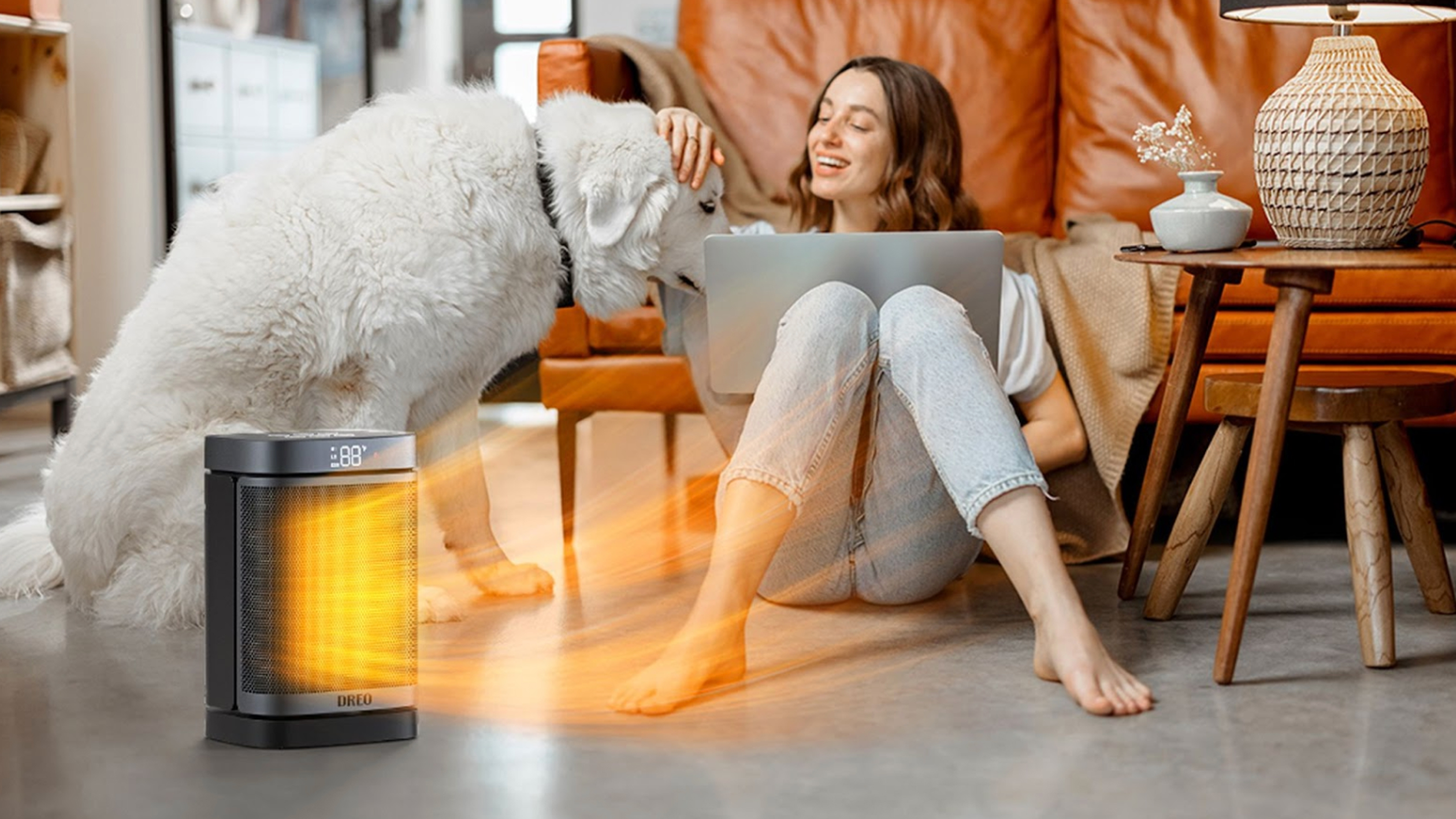 The 3 benefits of choosing an electronic desk space heater
The 3 benefits of choosing an electronic desk space heaterSponsored The Dreo ceramic heater solves many common problems with portable heaters
By Sponsored Published
-
 5 reasons your kitchen needs a wine cooler
5 reasons your kitchen needs a wine coolerBecause in our opinion every dream kitchen should have plenty of space for wine
By Sponsored Published
